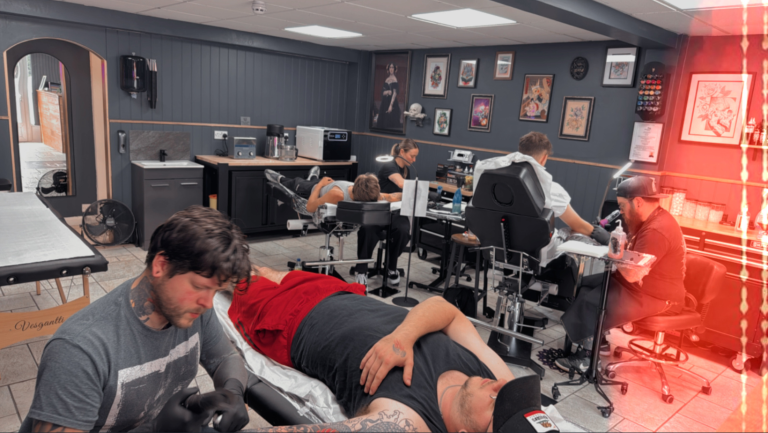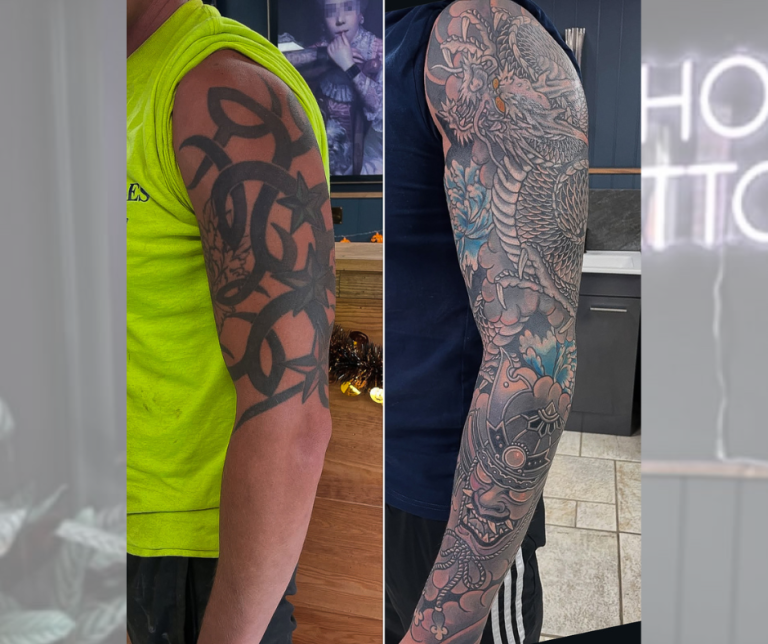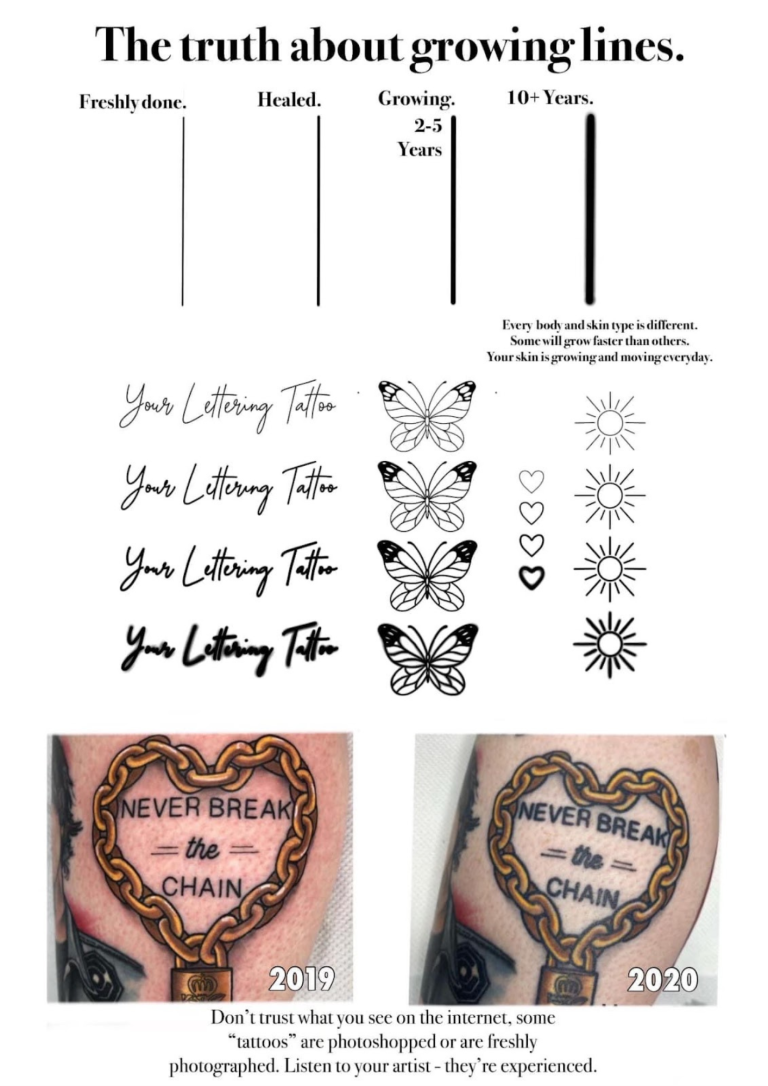THE TRUTH ABOUT NUMBING CREAM – WHAT YOU NEED TO KNOW
THE TRUTH ABOUT NUMBING CREAM - WHAT YOU NEED TO KNOW
31st May 2025 – Tattoos
For many, the idea of sitting through hours of tattooing without discomfort sounds too good to pass up. These topical aesthetics can help reduce pain and anxiety, making the experience more manageable for those with lower pain tolerance or first-time clients.
Tattoo numbing creams typically contain one or more active ingredients designed to dull pain by blocking nerve signals. The most common are:
- Lidocaine – A local aesthetic that numbs the surface of the skin.
- Prilocaine – Often paired with lidocaine for enhanced effect.
- Benzocaine – Another aesthetic that works similarly but is generally milder.
- Tetracaine – Stronger and longer-lasting but less commonly used due to potential side effects.
These creams work by temporarily desensitising the nerve endings in the skin, which reduces or eliminates the pain signals sent to the brain during tattooing. They’re typically applied 30–60 minutes before a session and sometimes reapplied during breaks, depending on the product and the artist’s comfort with it.
Is it worth it? That depends. For some clients, especially those with low pain tolerance or undergoing long sessions, numbing cream can make a huge difference in comfort. But it’s not a magic solution—results vary depending on skin type, placement, and the product used. Also, once the cream wears off (usually after a couple of hours), the pain can return suddenly and more intensely. It’s also important to consider the artist’s preferences—some won’t work on numbed skin due to changes in texture or healing outcomes. If you’re interested, it’s always best to have a conversation with your artist beforehand to weigh the pros and cons for your specific situation.

However, it’s important to know that not all artists allow numbing cream—at least not without prior discussion. Some creams can affect the skin’s texture, making it harder to tattoo or impacting the final result. Many artists prefer to work on untreated skin to ensure consistent quality. If you’re considering using a numbing product, always talk with your artist ahead of time. Open communication helps us provide the best results while keeping you as comfortable as possible.
Thinking about your next tattoo and wondering if numbing cream is right for you?
We’re here to help you make the experience as smooth and comfortable as possible. If you’re considering it, let’s talk about it in advance—every tattoo (and every client) is different.
GOT A TATTOO YOU DON’T LOVE?
GOT A TATTOO YOU DON'T LOVE?
30th May 2025 – Tattoos
Thinking about saying goodbye to an old tattoo? Whether it’s a design that no longer fits your style or a piece that didn’t age as well as you’d hoped, you’ve got options.
While laser removal can fade unwanted ink, many people are opting for creative cover-up tattoos instead. A well-designed cover-up not only conceals the old tattoo but transforms it into fresh, meaningful art you’ll love to show off. In this blog we’ll explore the pros and cons of both approaches to help you decide the best path for your skin and style.

Many people choose a cover-up tattoo over laser removal because it offers a creative way to transform an unwanted tattoo into meaningful new art. Cover-ups are often more cost effective and quicker, as laser removal can take multiple sessions over several months. They’re also less painful, with many finding tattooing more tolerable than the sharp sting of laser treatment. Beyond practicality, cover-ups provide an opportunity for personal reinvention, turning old ink into a design that better reflects your current style and story. However, they aren’t always suitable and sometimes laser removal sessions are needed before anything can be reworked or covered up.
Sometimes, laser tattoo removal is recommended before a cover-up to lighten the existing ink, making it easier for the new design to fully conceal the old one. Dark, dense, or heavily saturated tattoos can be challenging to cover without using an even larger, darker design. A few laser sessions can fade the original tattoo enough to give the artist more flexibility with colours, details and overall design. This approach often results in a cleaner, more vibrant cover-up that looks intentional rather than forced. It’s a smart step for anyone wanting the best possible outcome for their new ink.
Not happy with a tattoo? Let’s turn it into something you’ll love—reach out now for a free consultation!
SMALL TATTOOS
SMALL TATTOOS
5th May 2025 – Tattoos
Currently, small and minimalistic tattoos are extremely popular. We frequently work with clients who request the smallest possible design or ask if a tattoo can be made even smaller. While we always strive to accommodate your vision, it’s essential to ensure that your tattoo has enough space to breathe, heal properly, and age well over time. For those who are not tattoo artists or heavily tattooed, it’s important to understand that your skin is not a static surface like a sheet of paper being printed on by a machine. Your body is a living, evolving canvas, and tattoos must be designed with that in mind.
We want you to have the best possible tattoo. One that will grow with you and remain a lasting piece of art. Our goal is not just to create beautiful tattoos but also to provide you with the knowledge you need to make informed decisions. With years of experience in the industry, We have observed firsthand how tattoos evolve on both my clients and myself. Our advice comes from real-life experience, ensuring that your tattoo remains a piece you’ll love for years to come.




